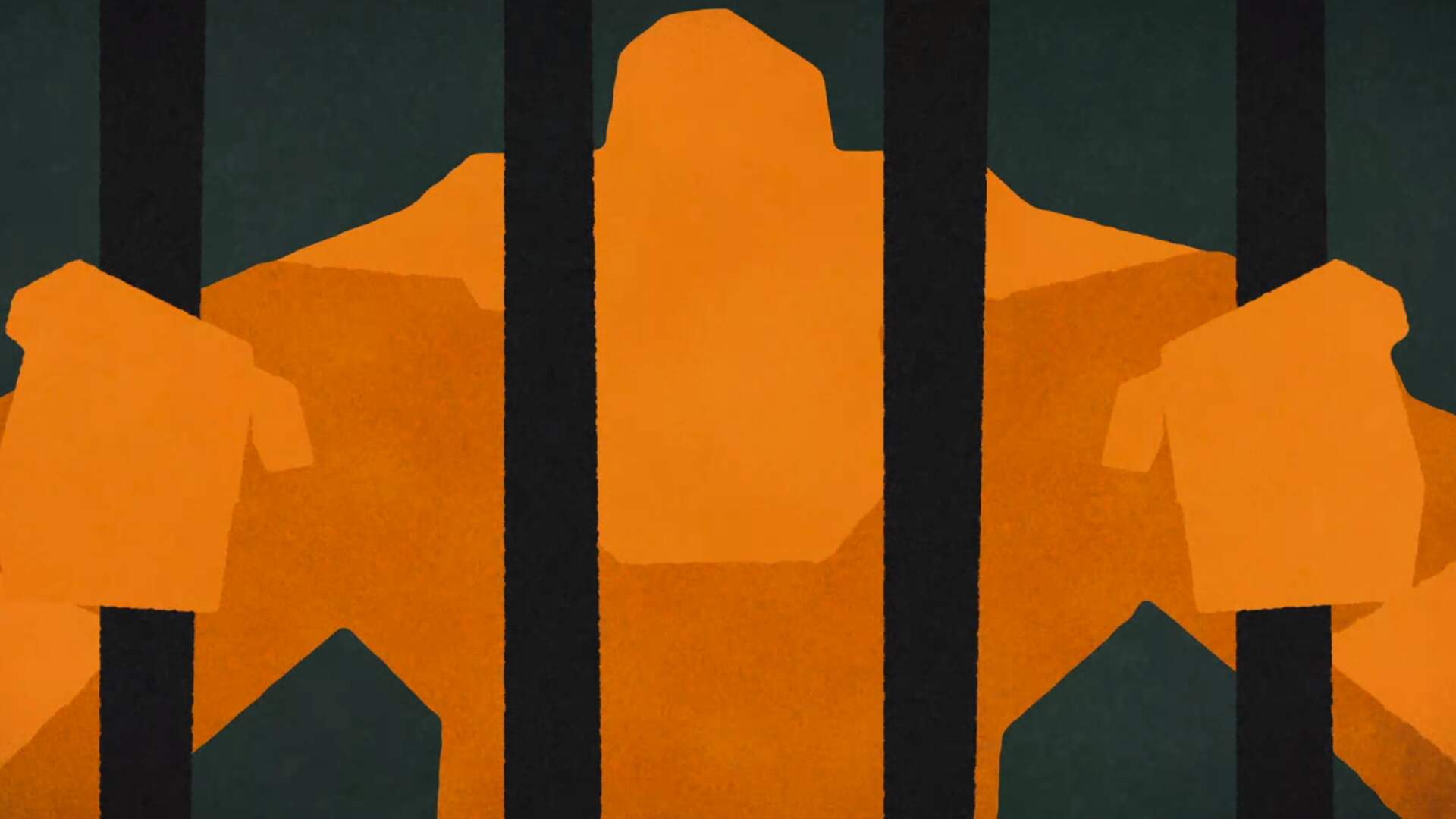The Artistry Behind Ape Out
Gaming has been elevated as a medium thanks to indie gems like Gabe Cuzzillo’s unique take on top-down shooters

I decided to jump back into my indie game backlog on my Switch this past week and had a difficult time choosing which title to start up and play around with. These small gems have so much more creative freedom than the AAA bad boys which are saddled with big business restrictions and the pressures of rabid fandoms. Not to mention you get to feel good about putting your money behind artists who have a semblance of morals.
I chose Ape Out, a fighting game in which you take control of an orange gorilla who violently escapes from the grasp of his human captors. Using only the shoulder buttons and the control sticks, the game's controls are as smooth as soft butter and the reasoning behind the setup is intuitive and welcoming to all skill levels.
The objective, to escape from one end of the arena to the other whilst not getting shot more than three times by the human gunman guarding the area, is similarly simple. What makes it special is all of the tangibles on the periphery of the game. This is the stuff that elevates video gaming from a cute diversion to an artistic endeavor, an expression of individuality and freedom.

The graphical style is both absolutely gorgeous and keenly effective. The colors contrast sharply between the simian super-being and the despicable captors firing away viciously at him so you never get confused about who is the good guy and who is the enemy. Oftentimes a developer will get overzealous and arrogant when discovering an auspicious artistic flair, forgetting that style is useless without substance. This is not the case at all with the work of creator Gabe Cuzzillo, who brilliantly balances both.
The loud visuals are fun for a myriad of reasons, not the least of which is that when you send one of the enemies flying into the wall or another person, they splatter in a vibrant puddle of blood and liquids. The cartoony gore is an astute representation of the unshackling from imprisonment that the gorilla has endured. It also connects the player to the ape on an emotional level; it’s easy to feel his pain when he’s inflicting it in payback so harshly.
The topper of the experience is the accompaniment of a brash jazz soundtrack composed by Matt Boch. Percussion instruments loudly and symmetrically crash into your ears when you complete another kill on your way to the exit. The sounds match the colors of the game like a set of socks; one completes the other in perfect unison. It’s a rare example of music pairing with gameplay to complete a game rather than just standing alongside it.

The whole package comes together, visually and harmoniously, to invoke feelings of urgency and vicarious vengeance that are lived out through the ape that stars in the game. Settings include a zoo, a high-rise corporate building, and a massive cargo ship out at sea (the last two ingeniously invoke nostalgia for those times in the King Kong universe when Kong is trapped in either of those two jails).
And that is exactly what art is supposed to do. It says something about society, it depicts or interprets an idea or a statement about the world surrounding us and grapples with the senses in a persuasive manner. Games have long been critiqued as less immersive than other mediums, not engaging enough to grapple with themes or literary concepts. Independent game developers have flipped the script on this egregious assumption. With only their own minds limiting what they can choose to discuss on the screen, we get to interact with ideas that would never have seen the light of day years ago.
